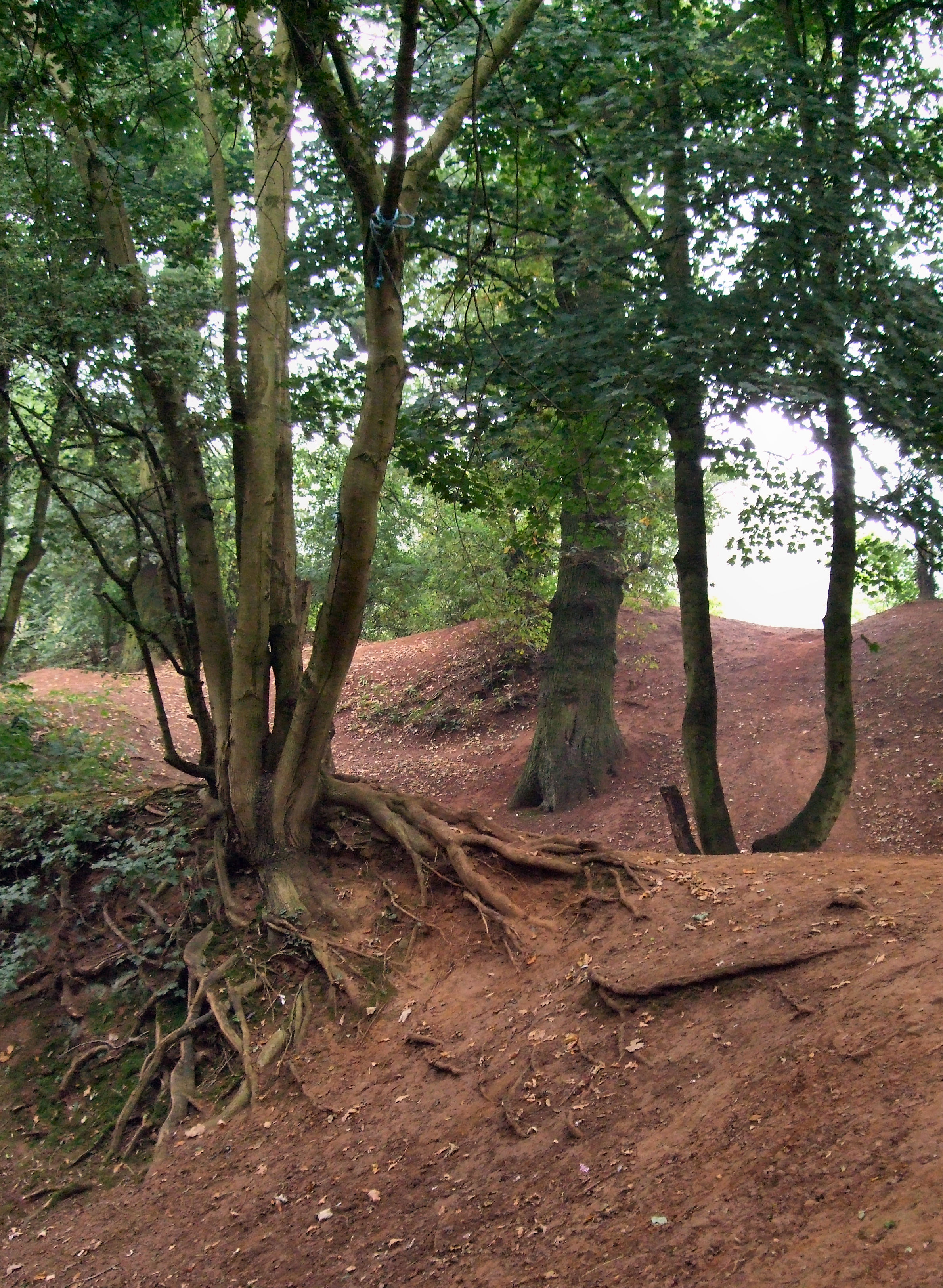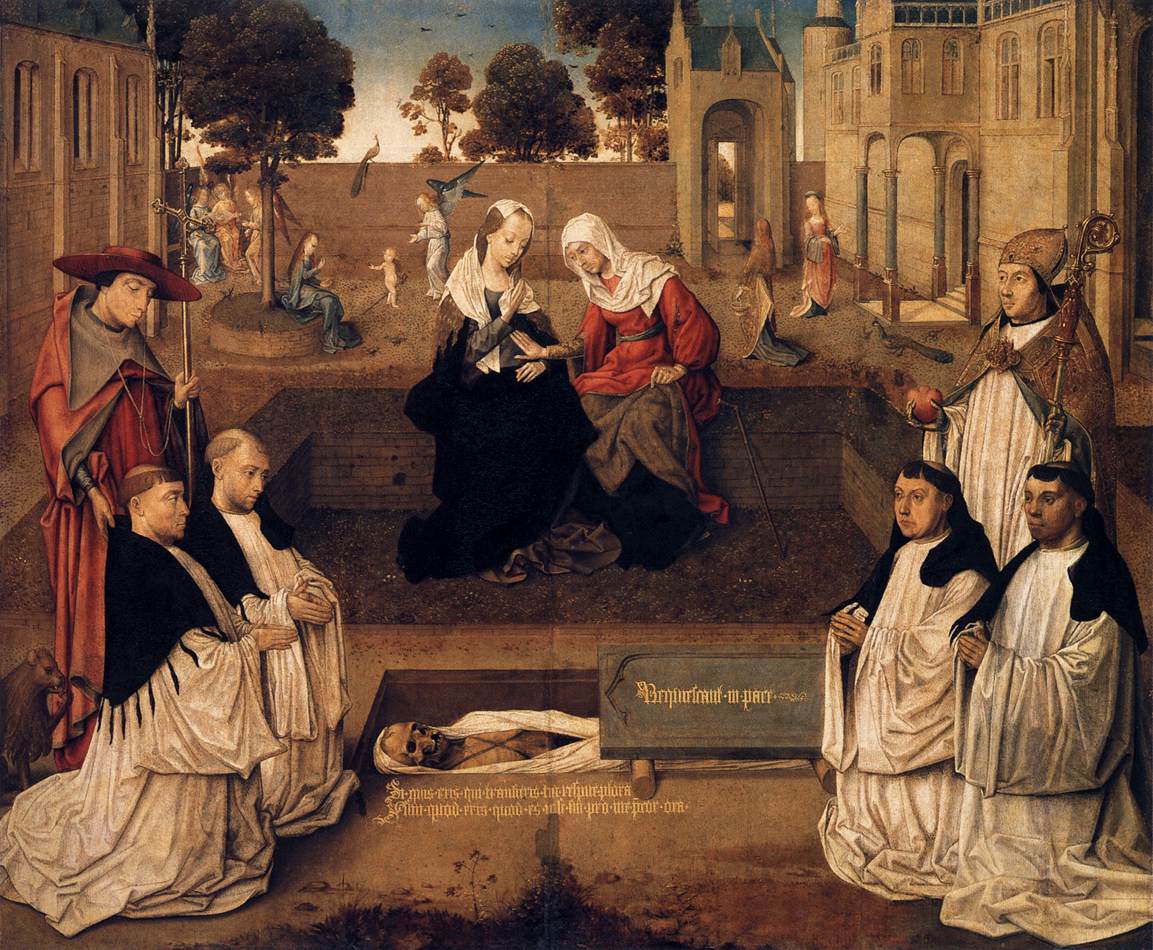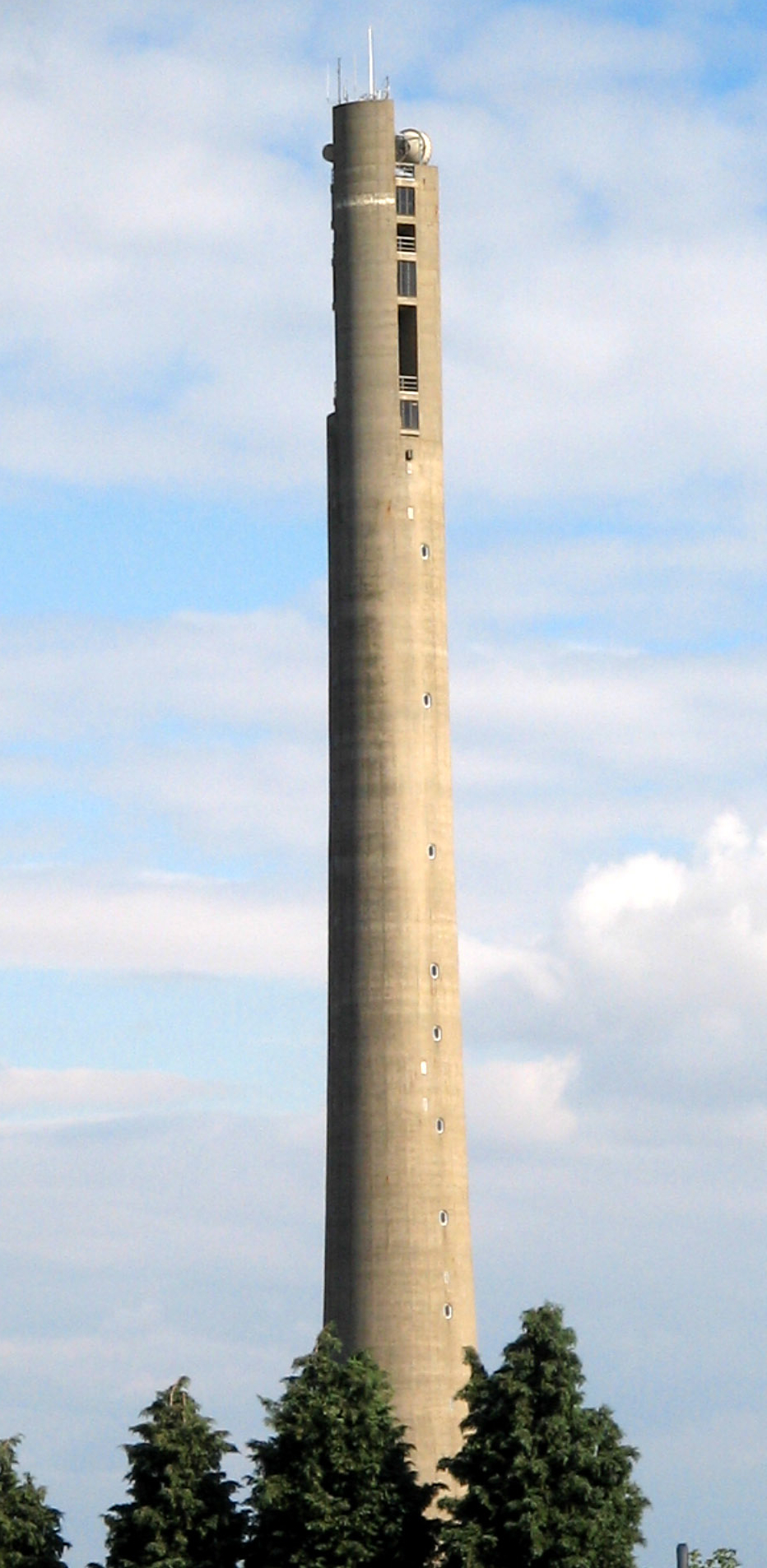|
St James Abbey, Northampton
The St James Abbey, also known as Northampton Abbey, was founded in Northampton in 1104–05 by William Peverel, as a house of Augustinian canons, and was dedicated to St James. William Peverel endowed it with some forty acres in nearby Duston, the church of Duston, and the parish's mill. The abbey's endowments were quickly increased and within a century the abbey was in possession of ten churches, mostly in Northamptonshire; in addition to these, the abbey also held farms, or received rents from some thirty different parishes in the county. One account concerning the abbey notes, "On the forfeiture of Peverel the manor of Duston was granted by Henry II to Walkelin de Duston, who afterwards adopted the religious habit and entered the abbey of St James, of which he subsequently became abbot."'Houses of Austin canons: The abbey of St James, Northampton', A History of the County of Northampton: Volume 2 (1906), pp. 127-130. URL: http://www.british-history.ac.uk/vch/northants/vol2/pp1 ... [...More Info...] [...Related Items...] OR: [Wikipedia] [Google] [Baidu] |
Northampton
Northampton ( ) is a town and civil parish in Northamptonshire, England. It is the county town of Northamptonshire and the administrative centre of the Unitary authorities of England, unitary authority of West Northamptonshire. The town is situated on the River Nene, north-west of London and south-east of Birmingham. Northampton is one of the largest towns in England; the population of its overall urban area was recorded as 249,093 in the 2021 United Kingdom census, 2021 census. The parish of Northampton alone had 137,387. Archaeological evidence of settlement in the area dates to the Bronze Age Britain, Bronze Age, Roman conquest of Britain, Romans and Anglo-Saxons, Anglo-Saxons. In the Middle Ages, the town rose to national significance with the establishment of Northampton Castle, an occasional royal residence which regularly hosted the Parliament of England. Medieval Northampton had many churches, monasteries and the University of Northampton (thirteenth century), Univers ... [...More Info...] [...Related Items...] OR: [Wikipedia] [Google] [Baidu] |
William Peverel
William Peverel (died 28 January 1114), Latinised to Gulielmus Piperellus), was a Norman knight granted lands in England following the Norman Conquest. Origins Little is known of the origin of the William Peverel the Elder. Of his immediate family, only the name of a brother, Robert, is known.''The Complete Peerage'', Vol IV, App. I, pp 761–770, "Peverel Family". This also dismisses the Tudor-era genealogical invention that made him illegitimate son of William the Conqueror (after William Camden, Britain or a chorographicall description... (1637) p.550-551) The name ''Peverel'' is an Anglo-Norman variant form of the Old French surname ''Pevrel'', ''Peuvrel'' diminutive form in ''-el'' of ''Pevrier'', ''Peuvrier'' meaning "pepper or spice seller". It developed an epenthesis in Anglo-Norman which consists in this case of interposing an -e- between the v and the r. This phonetic feature is regularly observed in Anglo-Norman, for example: D'Évreux "of Évreux" > Devereux ; ... [...More Info...] [...Related Items...] OR: [Wikipedia] [Google] [Baidu] |
Canons Regular
The Canons Regular of St. Augustine are Catholic priests who live in community under a rule ( and κανών, ''kanon'', in Greek) and are generally organised into Religious order (Catholic), religious orders, differing from both Secular clergy, secular canons and other forms of religious life, such as clerics regular, designated by a partly similar terminology. As religious communities, they have laybrothers as part of the community. At times, their Orders have been very popular: in England in the 12th century, there were more houses of canons (often referred to as an abbey or canonry) than monasteries of monks. Preliminary distinctions All canons regular are to be distinguished from canon (priest), secular canons who belong to a resident group of priests but who do not take religious vows, public vows and are not governed in whatever elements of life they lead in common by a historical rule. One obvious place where such groups of priests are required is at a cathedral, where ... [...More Info...] [...Related Items...] OR: [Wikipedia] [Google] [Baidu] |
Duston
Duston is a suburb of Northampton and a civil parish in West Northamptonshire, England. History Archaeological remains found in the area suggest that Duston has roots in Prehistoric and Roman settlements. However, development in the area has meant that it is now difficult to find further remains. Duston has been a settlement since at least Roman times, and grew as a village in Anglo-Saxon times. In the Domesday Book, The name "Duston" derives from Old English words meaning either farmstead on a mound or farmstead with dusty soil. Duston was recorded as a farming community. St Luke's Church was built in the 12th century and has many medieval features. The old village was built up around this and has gradually moved westwards along Main Road. From 1876 to 1995 Duston was home to St Crispin's Hospital, a county-owned and subsequently NHS mental hospital. During the First World War it was turned into Duston War Hospital for convalescent soldiers. Since the 1950s, the histor ... [...More Info...] [...Related Items...] OR: [Wikipedia] [Google] [Baidu] |
Edward I Of England
Edward I (17/18 June 1239 – 7 July 1307), also known as Edward Longshanks and the Hammer of the Scots (Latin: Malleus Scotorum), was King of England from 1272 to 1307. Concurrently, he was Lord of Ireland, and from 1254 to 1306 ruled Duchy of Gascony, Gascony as Duke of Aquitaine in his capacity as a vassal of the French king. Before his accession to the throne, he was commonly referred to as the Lord Edward. The eldest son of Henry III of England, Henry III, Edward was involved from an early age in the political intrigues of his father's reign. In 1259, he briefly sided with a baronial reform movement, supporting the Provisions of Oxford. After reconciling with his father, he remained loyal throughout the subsequent armed conflict, known as the Second Barons' War. After the Battle of Lewes, Edward was held hostage by the rebellious barons, but escaped after a few months and defeated the baronial leader Simon de Montfort at the Battle of Evesham in 1 ... [...More Info...] [...Related Items...] OR: [Wikipedia] [Google] [Baidu] |
National Lift Tower
The National Lift Tower (previously called the Express Lift Tower) is a lift-testing tower built by the Express Lift Company (a lifts division of the General Electric Company) off Weedon Road in Northampton, England. The structure was commissioned in 1978 with construction commencing in 1980 and was officially opened by Queen Elizabeth II on 12 November 1982. It has been a Grade II Listed Building since 1997. The tower can be viewed from Arbury Hill, the highest point in Northamptonshire. Background The site The tower is in St James End, west of Northampton town centre. The area is named after Northampton Abbey, an Augustinian monastery dedicated to St James, which was founded in 1104–1105. When the former Express Lift factory, which included the lift-testing tower, was redeveloped for housing in 1999–2000, excavations were carried out to determine the location and remains of any parts of the abbey. A cemetery of burials was excavated during winter 2000–2001. Th ... [...More Info...] [...Related Items...] OR: [Wikipedia] [Google] [Baidu] |
John Catesby
John Catesby KS (died 1486) was an English judge. Family The Catesby family had been settled for some time in Northamptonshire and held the manor of Lapworth in Warwickshire. He was the son of Edmund Catesby. He was the uncle of William Catesby, another noted lawyer, and a member of the Inner Temple. Career He became a Serjeant-at-Law in 1463, allowing him to practice in the Court of Common Pleas and a King's Serjeant on 18 April 1469. On 20 November 1481 he was made Third Justice of the Court of Common Pleas. He served continuously from the reign of Edward IV to that of Henry VII, although the latter delayed his appointment for a month due to his relation to William Catesby, who had been a close ally of the previous king. On the death of Richard Neele in 1486 he became Second Justice of the Common Pleas but died later that year. Personal life He married Elizabeth Green, daughter of William Green of Hayes, MiddlesexDictionary of National Biography, Volumes 1-20, 22 for Jo ... [...More Info...] [...Related Items...] OR: [Wikipedia] [Google] [Baidu] |
Richard Woodville, 3rd Earl Rivers
Richard Woodville, 3rd Earl Rivers (1453 – 6 March 1491) succeeded his brother, Anthony Woodville, as the third Earl Rivers. He was the son of Richard Woodville, 1st Earl Rivers, and Jacquetta of Luxembourg. Richard was the brother of the English queen Elizabeth Woodville. Youth Richard was born in 1453. During the Readeption of Henry VI in 1470, he might have accommodated himself to the short-lived restoration of the Lancastrian regime, as Richard was pardoned by King Edward IV, the husband of his sister Elizabeth, on his return to power in 1471.Schofield, Cora, ''The Life and Reign of Edward IV'', Routledge, 2005. Unlike his older brother Anthony, however, he was not given any special favours under Edward. J. R. Lander states that he was employed in a minor capacity on "various embassies and commissions". As Earl Rivers When Richard III executed Richard's brother Anthony and seized the throne, Richard Woodville became Earl Rivers. The king confiscated Richard's lands but di ... [...More Info...] [...Related Items...] OR: [Wikipedia] [Google] [Baidu] |
St James End, Northampton
St James End, also known as St James, and colloquially as Jimmy's End, is a district west of the town centre in Northampton, in the West Northamptonshire district, in the ceremonial county of Northamptonshire, England. The area developed from the mid to late 19th century particularly with the expansion of the shoe manufacturing and engineering industries, and also the extension of the railway from London in June 1882. History Northampton Abbey The area is named after St James' Abbey which was founded in the town 1104–05 by William Peverel as an Augustinian monastery dedicated to St James and which was built in the area of the modern development. The abbey was located in the Abbots Way area, off the south side of Weedon Road in the town (see map). The former Express Lift factory, which included the lift-testing tower, was redeveloped for housing in 1999–2000. The site was known to occupy part of the precinct of the abbey. Excavations were carried out to determine the loca ... [...More Info...] [...Related Items...] OR: [Wikipedia] [Google] [Baidu] |
Monasteries In Northamptonshire
A monastery is a building or complex of buildings comprising the domestic quarters and workplaces of monastics, monks or nuns, whether living in communities or alone (hermits). A monastery generally includes a place reserved for prayer which may be a chapel, church, or temple, and may also serve as an oratory, or in the case of communities anything from a single building housing only one senior and two or three junior monks or nuns, to vast complexes and estates housing tens or hundreds. A monastery complex typically comprises a number of buildings which include a church, dormitory, cloister, refectory, library, balneary and infirmary and outlying granges. Depending on the location, the monastic order and the occupation of its inhabitants, the complex may also include a wide range of buildings that facilitate self-sufficiency and service to the community. These may include a hospice, a school, and a range of agricultural and manufacturing buildings such as a barn, a forge, or ... [...More Info...] [...Related Items...] OR: [Wikipedia] [Google] [Baidu] |
Augustinian Monasteries In England
Augustinian may refer to: *Augustinians, members of religious orders following the Rule of St Augustine *Augustinianism, the teachings of Augustine of Hippo and his intellectual heirs *Someone who follows Augustine of Hippo *Canons Regular of Saint Augustine also called "Augustinian Canons" or "Austin Canons" *Order of Saint Augustine, a mendicant order, also called "Augustinian Friars" or "Austin Friars" See also *Augustine (other) Saint Augustine of Hippo (354–430), was a Church Father. Augustine may also refer to: People * Augustine (actor) (1955–2013), Malayalam film actor * Augustine of Canterbury (died 604), the first Archbishop of Canterbury * Saint Augustine ... * {{disambiguation Augustine of Hippo ... [...More Info...] [...Related Items...] OR: [Wikipedia] [Google] [Baidu] |
1100s Establishments In England
Eleven or 11 may refer to: *11 (number) * One of the years 11 BC, AD 11, 1911, 2011 Literature *Eleven (novel), ''Eleven'' (novel), a 2006 novel by British author David Llewellyn *''Eleven'', a 1970 collection of short stories by Patricia Highsmith *''Eleven'', a 2004 children's novel in The Winnie Years by Lauren Myracle *''Eleven'', a 2008 children's novel by Patricia Reilly Giff *''Eleven'', a short story by Sandra Cisneros Music *Eleven (band), an American rock band *Eleven: A Music Company, an Australian record label *Up to eleven, an idiom from popular culture, coined in the movie ''This Is Spinal Tap'' Albums *11 (The Smithereens album), ''11'' (The Smithereens album), 1989 *11 (Ua album), ''11'' (Ua album), 1996 *11 (Bryan Adams album), ''11'' (Bryan Adams album), 2008 *11 (Sault album), ''11'' (Sault album), 2022 *Eleven (Harry Connick, Jr. album), ''Eleven'' (Harry Connick, Jr. album), 1992 *Eleven (22-Pistepirkko album), ''Eleven'' (22-Pistepirkko album), 1998 *Eleven ... [...More Info...] [...Related Items...] OR: [Wikipedia] [Google] [Baidu] |





